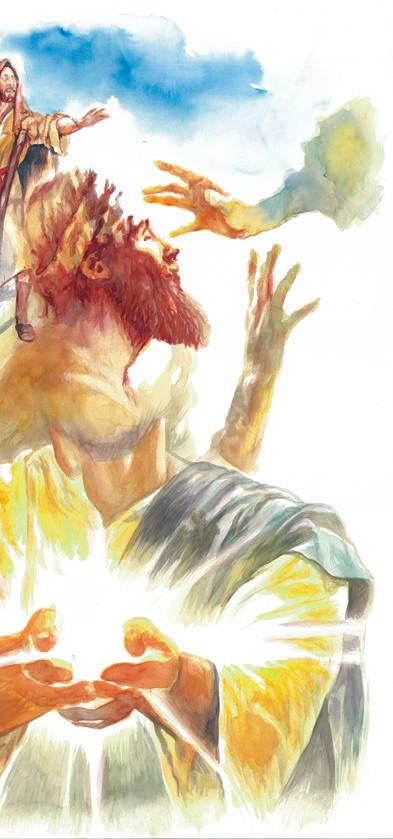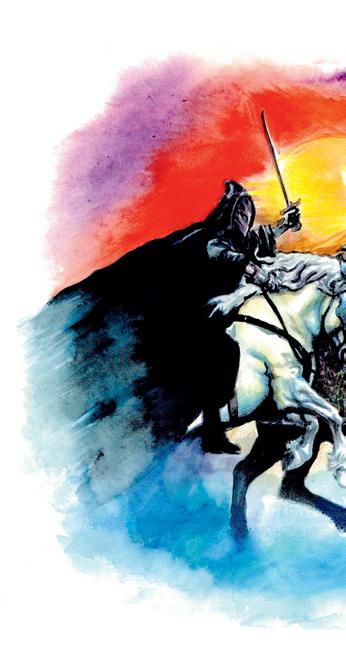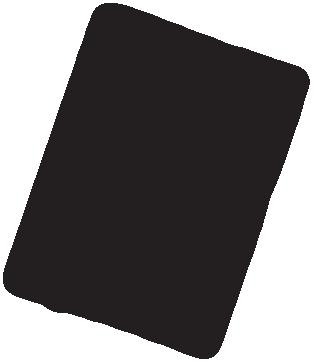7th century AD
11th century AD
The first movable type printing technology is invented in China using baked clay.
Papermaking moves out of China, where it was invented in the 2th century, to the rest of the world.
Chapter initials were drawn by hand.
13th century AD
5th century AD
Chinese use wood blocks to print patterns on cloth and later on paper (woodcut). Each sheet was hung up to dry.
Koreans make cast-metal movable types.
15th century AD
Gutenberg invents the printing press around 1440. Fifteen years later, the printing of his 42-line Bible was completed.
1863
Paper
William A. Bullock obtains the patent of the first rotary press for printing books on continuous paper (hectography).
Each page was arranged in two columns of 42 lines each.
1886
Ottmar Mergenthaler invents the linotype machine, the first mechanical typesetter.
1904
The lithography technique reaches its peak with the development of offset printing, used today.
Books have been made for thousands of years, but they did not always look like the ones with pages and covers that we are used to. The earliest books were rolls of paper or animal skins, called scrolls. In the 15th century, during the period of time called the Renaissance, there was a huge increase in the amount of new and exciting ideas in science and art. Around the year 1455, a German machine-maker called Johannes Gutenberg invented a printing press with metal letters that could be moved around to print whatever he wanted. Copies of books could be made easily instead of one by one. The first book to be printed and sold in Europe was a copy of the Bible. For hundreds of years, until the invention of digital printing, books were still printed using metal letters and printing presses.
Over 560 years since the publication of the first printed book:
THE BIBLE The Bible is among the earliest major books printed using mass-produced movable metal type in Europe. MISSIONARY MOVEMENT 14 WORLDWIDE America • Europe • Oceania • Africa • Asia














